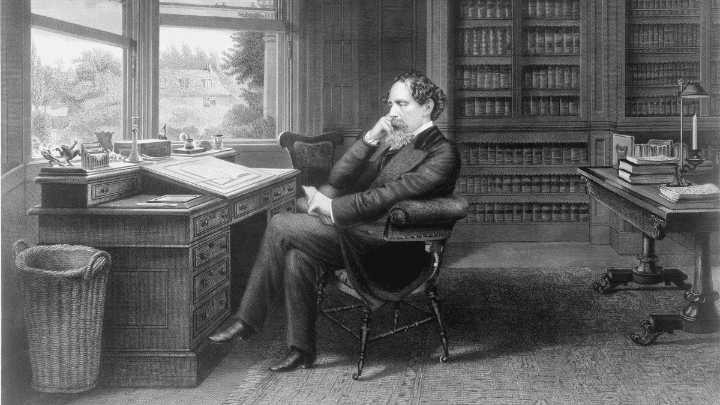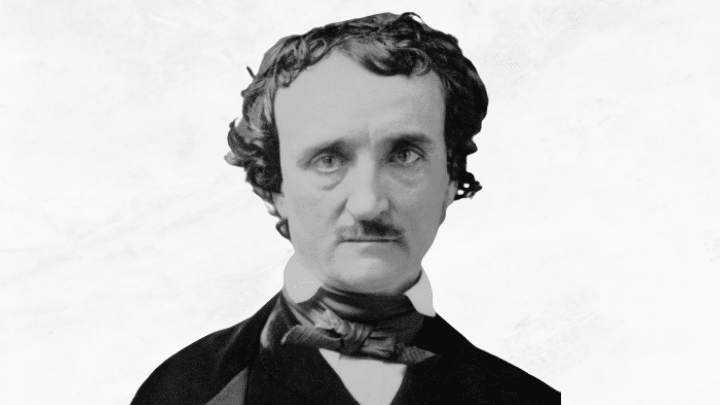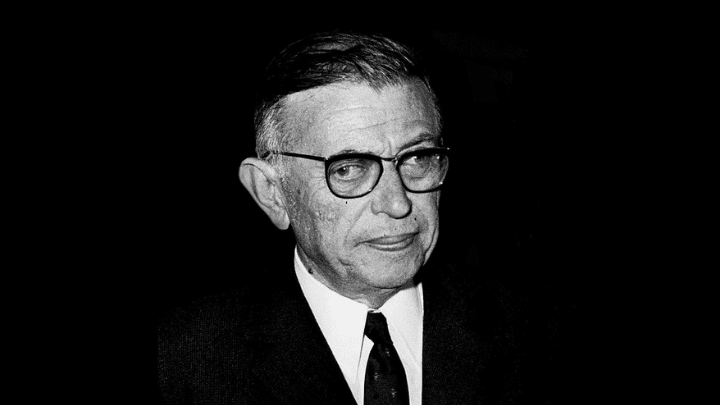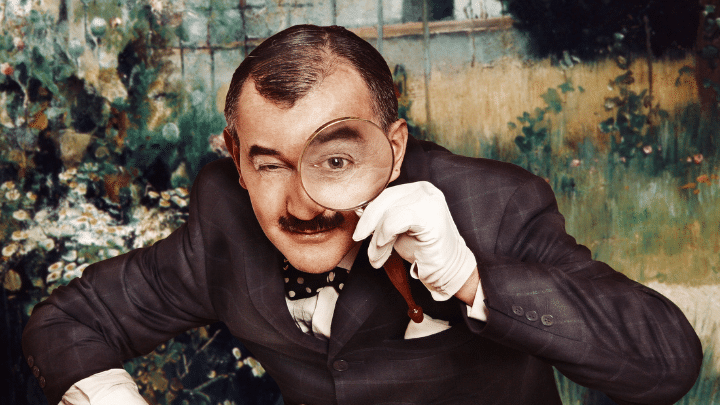10 Best Charles Dickens Books You Should Read

Charles Dickens, born in the early 19th century, remains one of the most influential writers in the history of English literature. His works have transcended time and cultural boundaries, retaining their popularity and relevance well into the 21st century. With a keen eye for detail and compassion for the marginalized, Dickens painted a vivid picture of Victorian England, capturing the very soul of an era marked by industrialisation, urbanisation, and social upheaval.
His novels are not mere entertainments but profound social commentaries that delve into the complexities of human nature, societal injustice, and moral dilemmas. Through his unforgettable characters and intricate plots, Dickens explored themes such as poverty, education, family, social inequality, and redemption. His ability to combine pathos with satire, tragedy with comedy, and realism with romanticism made him a unique literary figure, a master storyteller who could touch the heart and stimulate the mind.
Dickens was also a pioneer in the world of publishing, choosing to serialize many of his novels in magazines. This innovative approach allowed him to reach a broader audience, making literature accessible to the masses. His serial publications became cultural events, eagerly awaited by readers from all walks of life. This democratization of literature was not just a commercial strategy but a reflection of Dickens’ belief in the power of art to shape society and provoke change.
Choosing the best ten novels from Dickens’ prolific oeuvre can be a challenge, as each work offers a unique perspective on the world he depicted. However, the following works provide a glimpse into the depth and breadth of his literary genius. These novels, each a masterpiece in its own right, are not only quintessentially Dickensian but also constitute essential reading for anyone interested in English literature.
1. Oliver Twist
“Oliver Twist” is one of Dickens’ most famous works and was his second novel. It follows the story of a young orphan boy named Oliver who runs away from a workhouse and meets a group of juvenile criminals.
This novel delves deeply into the harsh realities of child labour and the cruel treatment of orphans in Victorian England. Its vivid portrayal of Oliver’s struggles and the characters he meets, such as the cunning Fagin and the considerate Mr. Brownlow, make it an essential read.
2. David Copperfield
“David Copperfield”, often considered a semi-autobiographical work, chronicles the life of the titular character as he grows from a child into adulthood.
It’s a coming-of-age tale filled with emotion, adventure, and rich characterization. The character of David’s cruel stepfather, Mr. Murdstone, contrasts sharply with the warm and loving Betsey Trotwood, creating a compelling and immersive narrative.
3. Great Expectations
In “Great Expectations,” Dickens tells the story of Pip, a young orphan boy who dreams of becoming a gentleman. An unknown benefactor provides him with the means to pursue his dream, leading to a series of unexpected twists and turns.
The novel explores themes of social class, personal development, and human desire. Its intricate plot, combined with memorable characters like Miss Havisham and Estella, makes “Great Expectations” one of Dickens’ most beloved novels.
4. Bleak House
“Bleak House” presents an intricate plot revolving around a long-running legal case. With a wide array of characters and subplots, it provides a scathing indictment of the English legal system.
Dickens uses the novel to explore social issues and the often corrupt nature of legal proceedings. The characters are multi-dimensional, and the narrative, while complex, is engrossing, reflecting Dickens’ keen eye for detail and his profound understanding of human nature.
5. A Tale of Two Cities
Set against the backdrop of the French Revolution, “A Tale of Two Cities” is a historical novel that explores themes of resurrection, transformation, and justice.
The story follows several characters living in London and Paris, providing a vivid contrast between the two cities and the socio-political climate of the era. Its famous opening line, “It was the best of times, it was the worst of times…” encapsulates the turbulent period it describes.
6. Hard Times
“Hard Times” is a novel that criticises the industrialisation of England and its dehumanising effect on society. Through the characters and the fictional setting of Coketown, Dickens presents a bleak picture of a mechanised world devoid of compassion.
The novel’s portrayal of utilitarianism and the loss of imagination is both powerful and thought-provoking. It stands as a testament to Dickens’ ability to intertwine social critique with engaging storytelling.
7. The Pickwick Papers
“The Pickwick Papers” was Dickens’ first novel and introduces readers to the jovial Samuel Pickwick and his fellow members of the Pickwick Club. It’s a series of loosely related adventures, filled with humour and whimsy.
This novel is lighter in tone compared to some of Dickens’ later works but offers a delightful read filled with memorable characters and entertaining escapades.
8. Nicholas Nickleby
The adventures of young Nicholas Nickleby are chronicled in this novel, as he strives to support his family following his father’s death. “Nicholas Nickleby” explores themes of family, love, and the pursuit of justice.
With a cast of colourful characters and a series of thrilling adventures, this novel is both entertaining and poignant, reflecting Dickens’ ability to blend humour with heartfelt emotion.
9. Little Dorrit
“Little Dorrit” follows the life of Amy Dorrit, who was born and raised in a debtor’s prison where her father is incarcerated. The novel provides a critical examination of society’s treatment of poverty and the often arbitrary nature of wealth and status.
Its complex plot and character-driven narrative make “Little Dorrit” a rewarding read, showcasing Dickens’ literary prowess and his compassion for society’s underprivileged.
10. A Christmas Carol
Lastly, “A Christmas Carol” is one of Dickens’ most widely read and adapted works. This novella tells the story of Ebenezer Scrooge, a miserly old man who is visited by three ghosts on Christmas Eve.
Through these supernatural visits, Scrooge is transformed and learns the value of kindness, compassion, and the true spirit of Christmas. It remains a timeless tale, celebrating humanity’s capacity for change and redemption.
Conclusion
Charles Dickens’s novels are not only a reflection of the Victorian era but are universal stories that continue to resonate with readers across generations. His mastery of character development, plot intricacy, and his concern for social justice make his works as relevant today as they were during his lifetime. Whether you’re a newcomer to Dickens or a long-time fan, the aforementioned ten novels provide a comprehensive and enriching experience of his literary genius. The journey through Dickens’ England is a testament to the enduring power of storytelling and the timeless nature of human emotions and conflicts.






